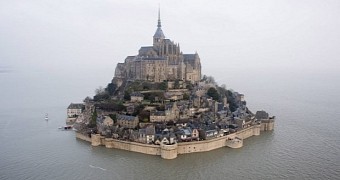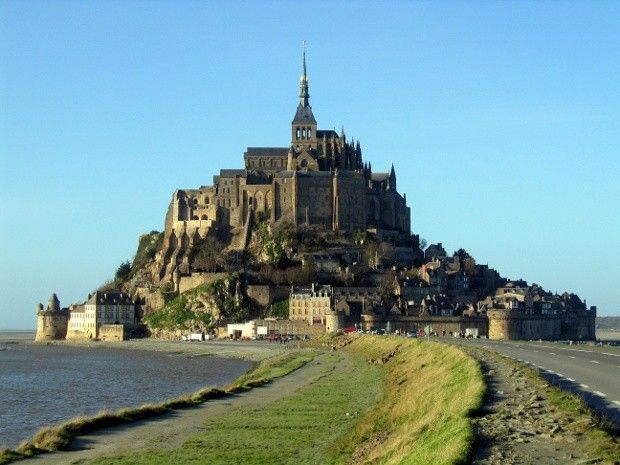Last Friday, March 20, the Moon got between the Sun and Earth, obscuring the star's silhouette. This latest solar eclipse began at 4:30 a.m. EDT and appeared as a total one above the North Atlantic Ocean. Folks in Europe, on the other hand, only witnessed a partial eclipse.
There is no denying that total eclipses are way cooler than partial ones. Still, it looks like, even though they only saw about 75% of the Sun's surface being covered by the Moon, people in France are not to be pitied.
Not when for them last week's solar eclipse came complete with another rare phenomenon: a super high tide birthed by the near perfect alignment of the Sun, the Moon and our planet. Although they happen once every 18 years, such events are known as “tides of the century.”
How such massive tides come to happen
Tides are essentially shifts in sea levels brought about by the gravitational pull both the Sun and the Moon exert on our planet. Earth's rotation is also involved in such regular sea level rises and falls.
When the Sun, the Moon and the Earth aligned this past March 20 during the solar eclipse, the resulting gravitational pull proved strong enough to create a freakishly high tide off the coast of northern France and south west England.
This so-called tide of the century or supertide happened on Saturday. Word has it that, in regions where local landscapes allowed it, it peaked at a height of about 46 feet (approximately 14 meters), NY Post informs.
The tide in France was the absolute coolest
The supertide that followed the March 20 eclipse of the Sun turned out to be high enough to isolate the country's famed Mont Saint-Michel off the coast of Normandy from mainland. Thousands gathered to the region to see this happen.
Mont Saint-Michel, a patch of land located at a distance of about one kilometer (0.6 miles) off France's northwestern shoreline and accommodating for an ancient abbey, is usually connected to land by a causeway, as shown in the photo below.
During Saturday's tide, this causeway ended up underwater and Mont Saint-Michel became an island completely cut off from the rest of France. When the tide retreated, the local seabed was revealed and people got to explore it on foot.

 14 DAY TRIAL //
14 DAY TRIAL // 

